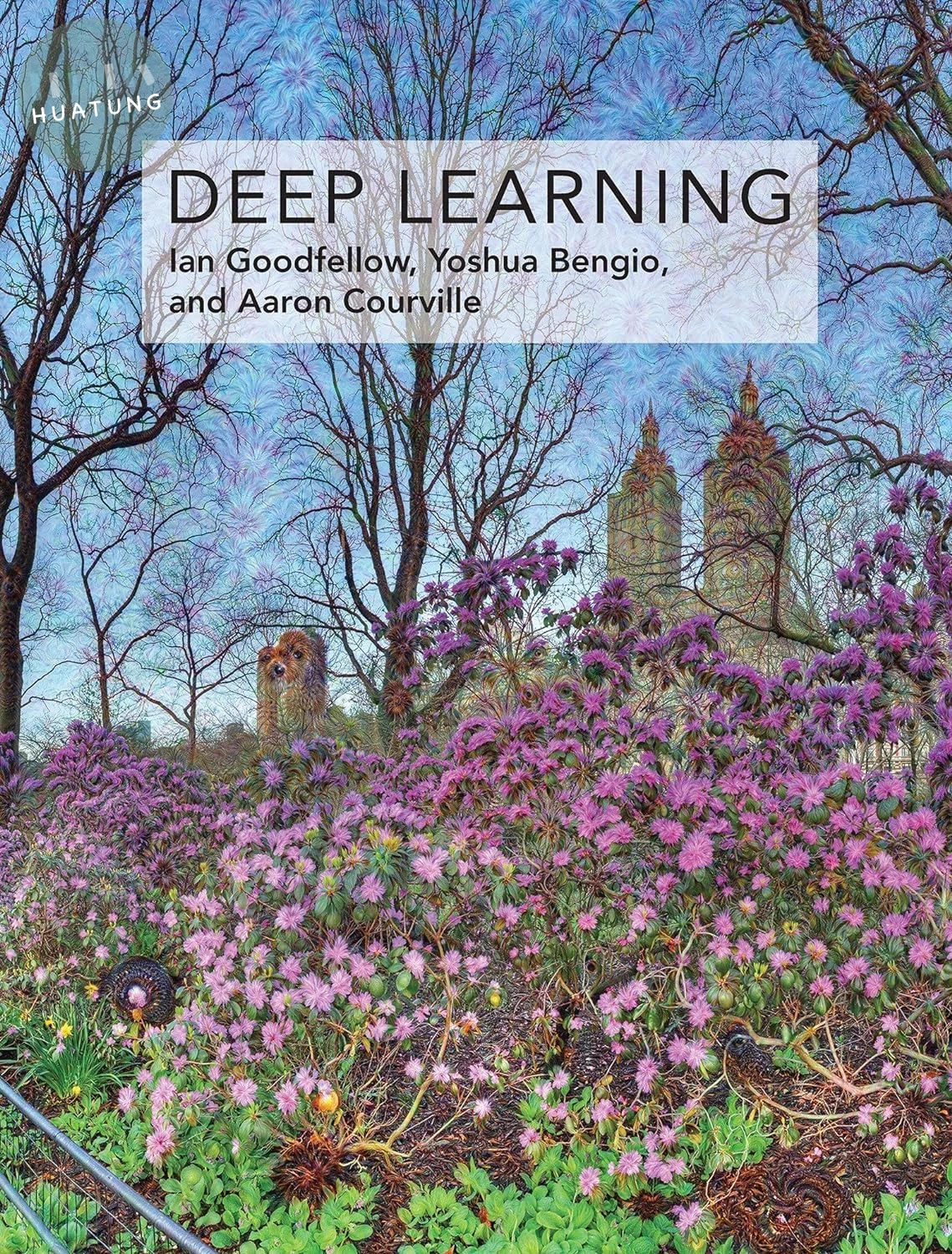
| 定價: | ||||
| 售價: | 1460元 | |||
| 庫存: | 已售完 | |||
| LINE US! | ||||
| 此書為本公司代理,目前已售完,有需要可以向line客服詢問進口動向 | ||||
| 付款方式: | 超商取貨付款 |

|
|
| 信用卡 |

|
||
| 線上轉帳 |

|
||
| 物流方式: | 超商取貨 | ||
| 宅配 | |||
| 門市自取 |
為您推薦

類似書籍推薦給您
Data Analytics and Adaptive Learning offers new insights into the use of emerging data analysis and adaptive techniques in multiple learning settings. In recent years, both analytics and adaptive learning have helped educators become more responsive to learners in virtual, blended, and personalized environments. This set of rich, illuminating, international studies spans quantitative, qualitative, and mixed-methods research in higher education, K–12, and adult/continuing education contexts. By exploring the issues of definition and pedagogical practice that permeate teaching and learning and concluding with recommendations for the future research and practice necessary to support educators at all levels, this book will prepare researchers, developers, and graduate students of instructional technology to produce evidence for the benefits and challenges of data-driven learning.

類似書籍推薦給您

類似書籍推薦給您

類似書籍推薦給您
This compendium introduces an artificial intelligence-supported solution to realize adaptive micro learning over open education resource (OER). The advantages of cloud computing and big data are leveraged to promote the categorization and customization of OERs micro learning context. For a micro-learning service, OERs are tailored into fragmented pieces to be consumed within shorter time frames. Firstly, the current status of mobile-learning, micro-learning, and OERs are described. Then, the significances and challenges of Micro Learning as a Service (MLaaS) are discussed. A framework of a service-oriented system is provided, which adopts both online and offline computation domain to work in conjunction to improve the performance of learning resource adaptation. In addition, a comprehensive learner model and a knowledge base is prepared to semantically profile the learners and learning resource. The novel delivery and access mode of OERs suffers from the cold start problem because of the shortage of already-known learner information versus the continuously released new micro OERs. This unique volume provides an excellent feasible algorithmic solution to overcome the cold start problem. Sample Chapter(s) Chapter 1: Introduction Contents: Introduction Literature Review Research Design Comprehensive Learner Model for Micro Open Semantic Knowledge Base Construction: Education Data Online Computation for MLaaS Implementation and Empirical Evaluation Conclusion Index Readership: Researchers, academics, professionals and graduate students in AI, Information Technology and Software Engineering.

類似書籍推薦給您
An introduction to a broad range of topics in deep learning, covering mathematical and conceptual background, deep learning techniques used in industry, and research perspectives. “Written by three experts in the field, Deep Learning is the only comprehensive book on the subject.” —Elon Musk, cochair of OpenAI; cofounder and CEO of Tesla and SpaceX Deep learning is a form of machine learning that enables computers to learn from experience and understand the world in terms of a hierarchy of concepts. Because the computer gathers knowledge from experience, there is no need for a human computer operator to formally specify all the knowledge that the computer needs. The hierarchy of concepts allows the computer to learn complicated concepts by building them out of simpler ones; a graph of these hierarchies would be many layers deep. This book introduces a broad range of topics in deep learning. The text offers mathematical and conceptual background, covering relevant concepts in linear algebra, probability theory and information theory, numerical computation, and machine learning. It describes deep learning techniques used by practitioners in industry, including deep feedforward networks, regularization, optimization algorithms, convolutional networks, sequence modeling, and practical methodology; and it surveys such applications as natural language processing, speech recognition, computer vision, online recommendation systems, bioinformatics, and videogames. Finally, the book offers research perspectives, covering such theoretical topics as linear factor models, autoencoders, representation learning, structured probabilistic models, Monte Carlo methods, the partition function, approximate inference, and deep generative models. Deep Learning can be used by undergraduate or graduate students planning careers in either industry or research, and by software engineers who want to begin using deep learning in their products or platforms. A website offers supplementary material for both readers and instructors.